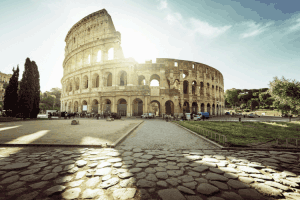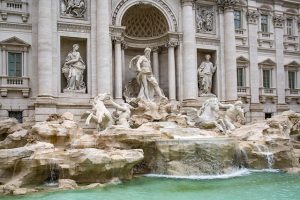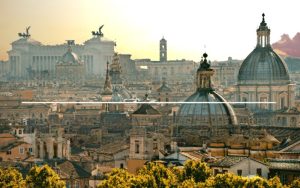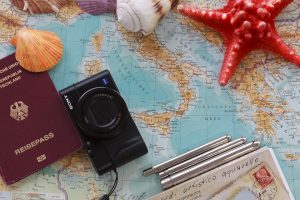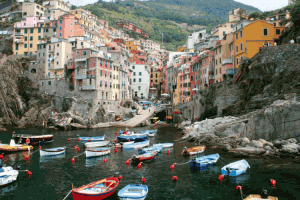Are you considering a tour to Italy? We are ready to help. Italy is a wonderful spot for a cherished journey owing to its plentiful historical landmarks, arresting architectural designs, and charismatic legends. The cost of living in Italy is cost-effective over the US. The easiest explanation is that there are significantly fewer costs associated with lodging and health insurance. Before going there, there are a handful of important considerations to make. Following this advice will help prevent any mistakes that could transform your dream Italian getaway into a disaster. Continue reading to discover 10 interesting things to know before you explore the best cities to visit Italy that will guarantee you have an amazing experience.
Ideal Time to Visit Italy
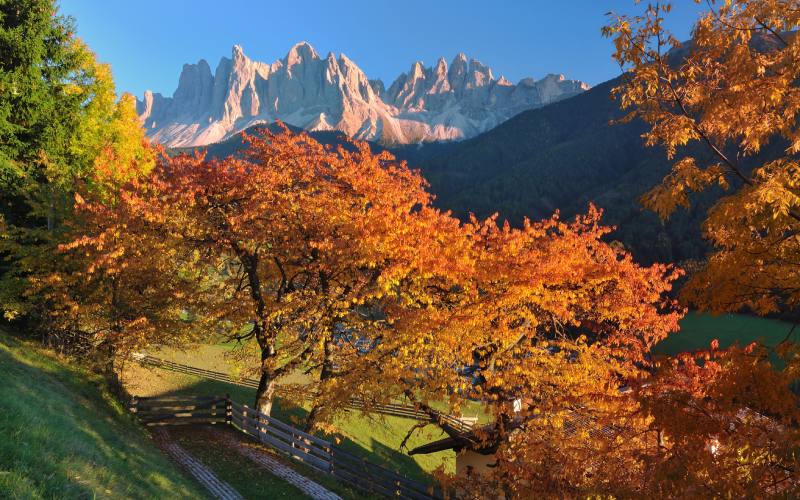
Travelers choose Italy as a destination year-round. Resting on your travel objectives, there are numerous seasons that are ultimate for exploring Italy. However, generally speaking, spring (April-June) as well as fall (September-October) is the finest time to explore Italy. These months have pleasant, mild weather without the scorching summer heat. Traveling in the spring and fall also allows you to avoid the peak tourist crowds. So if you want comfortable weather conditions and fewer people, aim to visit Italy in either the spring or fall. The exact month you choose will come down to your personal travel preferences. But spring and fall tend to offer the best combination of climate, smaller crowds, and availability of seasonal attractions across Italy.
Things to Know Before Visiting Italy
Rome’s art and history, Venice’s canals, Tuscany’s vineyards, and the Amalfi Coast’s beaches offer much to discover in Italy. Whether you are fascinated by history, passionate about food, or moved by art, this travel guide can assist you in organizing your Italian expedition. If you plan to visit Italy, consider these pointers,
1. Pack Light:
This advice applies to nearly any trip. It is always preferable to pack lightly and bring less. You will primarily rely on trains or buses for transportation when in Italy. If you overpack, hauling your luggage from place to place will prove challenging.
2. Learn Basic Italian Language:
Italians are not typically multi-lingual, with only roughly a third of the population speaking English. It would be wise to study some Italian before visiting Italy. Naturally, translation apps like Google Translate can help, but nothing substitutes for the personal achievement of speaking the local tongue.
3. Carry Cash:
Although credit and debit cards are commonly used in Italy, there are still some places that only take cash. If you intend to travel to less touristy areas rather than remaining in the popular destinations, having cash on hand can be useful.
4. Dress Appropriately with Comfortable Shoes:
Simply wear what makes you feel at ease and do not fret over attempting to resemble the natives. Though, one recommendation is to remember that Italy is a devout nation and home to various religious structures. A large number of these will have strict clothing standards you should consent to before entering. Females, specifically, need to ensure their shoulders are secured and that skirts and shorts arrive at the knee. In phenomenal cases, it is additionally essential to wear shoes that cover the toes. You will discover you will do a great deal of strolling in Italy. Numerous roads are old and irregular so bring comfortable shoes.
5. Local SIM Card:
A functioning mobile phone that keeps you linked is vital when traveling abroad. From navigating public transportation to translating a restaurant menu on a translation app or even sending incredible photos to relatives back home, having a working phone is essential. The optimal approach is to have an unlocked smartphone along with a local SIM card.
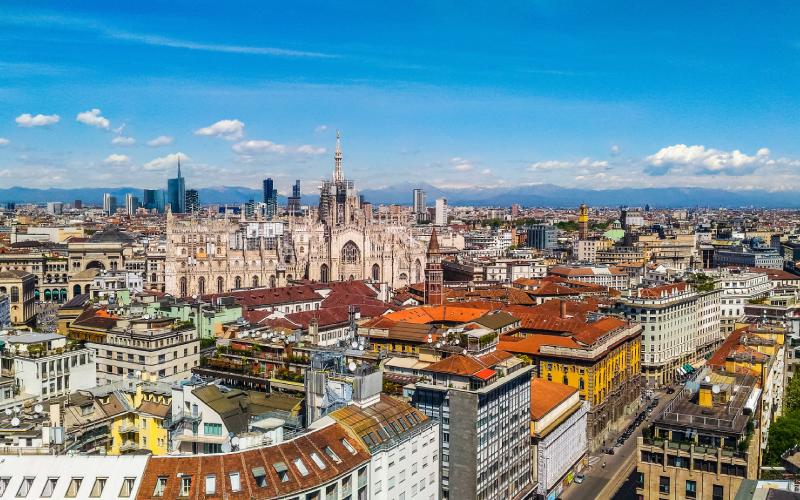
6. Consider Public Holidays:
Italy observes 12 national public holidays annually in addition to one holiday per region. Mark these dates in your calendar, as stores and companies often shut down completely for the day. While many museums and sights stay open to cater to travelers during the peak visitor months, not all shops or markets can be expected to remain open.
7. Public Transportation:
Public transportation in Italy , unlike North America, is integrated and convenient. Trains, buses, and trams provide affordable transportation options for getting around. Though tourists may prefer renting a car initially, they may come to regret that choice when navigating Italy’s winding roads, difficult parking, and unfamiliar signs. You can save yourself the trouble and expense by simply using the public transport system for just a few Euros.
8. Coffee Culture:
Italy is renowned for having some of the finest coffee globally, which locals prefer robust. Do not look for large Starbucks-style lattes there. Espresso is the favored drink and Italians consume it constantly, from morning through night. Although espresso is the top choice for natives, they offer other beverages too such as Americano, Un caffé, Caffé macchiato, Café latte, and Cappuccino.
9. Where to Stay:
There are many amazing places to see in Italy. Consider the type of vacation you wish to have when there to help you decide where to go. Given the variety of sites and activities available in Italy, you are likely to discover exactly what you are searching for.
10. Relish Authentic Italian Food:
Each area of Italy has its own unique local dishes as well. For example, Naples is known for pizza, Rome has carbonara pasta, and Milan specializes in risotto. To really immerse yourself in Italian culture, you can arrange to join a local family for dinner.
11. Do not ask for tap water in a restaurant:
Restaurants in Italy will never serve tap water; you will be met with a disapproving stare if you request tap water. Most places merely charge you for bottled water instead of giving it to you.
Wine is a far better option for you. Besides, wine is better than water, and you are in Italy after all.
Always request “vino della House” if you want good wine at a reasonable price. It is typically sold in half-liter or liter containers and is regional.
Finally, before we forget! It is distinctly American to put ice in your drinks. You have to request ice in your water if you want it!
12. Dinner does not start early:
An empty restaurant does not necessarily indicate it is not a popular choice if you are heading out for supper around o’clock. In other words, nobody eats that early in Italy.
Even the majority of eateries close at 7:00 p.m. or later!
Take advantage of the “aperitivo” culture if you are not used to eating late.
Between six and eight o’clock in the evening, Italians typically have a pre-dinner aperitivo. After you settle into a piazza, most bars will bring you an Aperol Spritz (THE Aperitivo!) along with some chips, pizza, nuts, and nibbles.
Consider having an aperitivo if you want to fit in, socialize with the locals, and quit hunger! Always request “Vino della House” if you are looking for inexpensive, high-quality wine.
13. Never ask an Italian to share:
It is like asking an Irishman to share his drink when you ask an Italian to share a pizza.
Food is a passion for Italians. Italians do not really like eating together because they are passionate about every dish they eat.
This holds true for almost anything, not just pizza. Do not ask them to share, please
14. Do not trust the GPS:
Never ignore the signage, particularly as you approach the city center. There is “zona traffic limitato” everywhere. Only locals are permitted access to certain sites during specific hours of the day.
It is possible that your navigation system is unaware of these locations and frequently provides directions that could result in a ticket.
15 Look everywhere before you cross the street:
Avoid assuming that pedestrians have the right of way; most Italian drivers do not.
As was already noted, transportation in large cities like Rome may be quite congested. Scooters often arrive out of nowhere, and sometimes cars do not even bother to stop to let you cross the road.
Thus, before you cross the street (yes, even at a pedestrian crossing), always be sure you look both ways and everywhere. It is better to be cautious than sorry!
Conclusion
Apart from these, there are more things to know before visiting Italy such as nightlife in Italy is vibrant and there are assorted options such as late night dinners, the aperitivo culture, various bars and pubs, and vibrant club scenes, it is typical to welcome people with a peck on each cheek when with friends and relatives, a small tip is appreciated yet not mandatory, and generally, Italy is safe for tourists to visit. However, tourists should be aware of pickpockets and take precautions against theft. In short, flexibility and an open mind are essential when traveling. Revel in Italy’s rich history, stunning scenery, and delectable cuisine.
